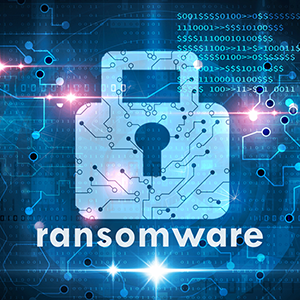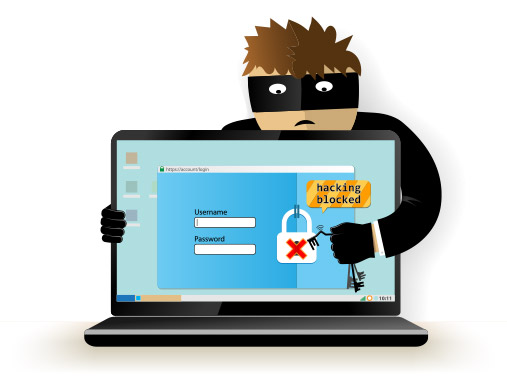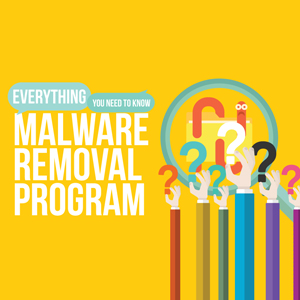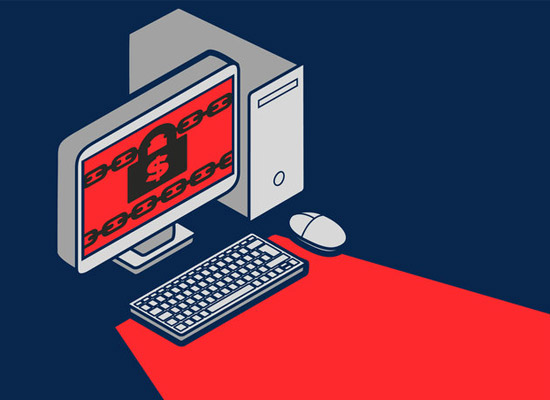What you need to know about free ransomware protection
Updated on October 21, 2022, by Xcitium

Although ransomware is a relatively new form of malware, it’s gained significant notoriety. One of the reasons it’s become such a problem is because, despite warnings to the contrary, many companies fail to protect themselves and compound the problem by going on to pay the ransom. This gives ransomware creators the funds they need to keep financing the development of their product.
The irony of this is that it’s actually straightforward to achieve a very high level of protection against ransomware for little to no cost. With that in mind, here is what you need to know about free ransomware protection.
All the main operating systems (desktop and mobile) are vulnerable to ransomware
While the headline-making ransomware attacks have tended to target Windows PCs, MacOS, Linux, iOS, and Android are all vulnerable to ransomware too. They are less vulnerable if you make a point of applying security patches quickly, but they still benefit from additional ransomware protection.
The default security apps are not usually sufficient on their own
The default security apps on their own may be sufficient for people who only use the internet occasionally and to a very limited extent, but realistically, these days that is likely to be a very small number of people. If you’re regularly accessing the internet through a device, keep sensitive data on it (or accessible through it) and/or use it for work (even if only occasionally), then you need to ramp up your protection.
There is some great free protection for personal users
If you want protection for a personal computer then there are some great free options out there. These might also work for freelancers/solopreneurs as they will presumably only be protecting their own devices rather than having to protect a network of multiple devices. Businesses, even small ones, should expect to pay, but thankfully some great options are priced at levels even SMBs can afford.
Free Ransomware Protection: Cloud-based products are your best option
There are two reasons why cloud-based anti-malware products have become the preferred choice for the vast majority of companies (and individuals). The first is that the vendor takes care of the update process. This is useful for any type of software but it’s particularly useful for anti-malware products because they need to be updated so frequently.
The second reason is that the sheer volume of malware available in the wild today means that it takes a lot of storage to hold their definitions and it can take quite a bit of processing power to scan for them. Using cloud-based products means that this is pushed onto the server, which relieves the pressure on the local devices. This is really useful for lower-specced computers and mobile devices.
You still need to apply common sense when you are online
No anti-malware product can guarantee 100% protection, so the best approach is to use one in combination with safe-surfing practices and a robust data-backup strategy. At present, it is believed that all ransomware attacks require some element of social engineering. In other words, someone has to be tricked into visiting a compromised website and/or opening a malicious file. This means that the more caution you exercise about what you do online, the less likely you are to be tricked into downloading ransomware.
For organizations, this means thinking about what their staff members are allowed to do with the company internet and, if necessary, reining it in. This may not go down particularly well, but it probably isn’t the inconvenience it used to be given that these days most people have their own mobile devices. It’s also a good idea to combine any changes to internet policy with an explanation of why they are being implemented so users understand what is going on.
Your data backup is your last defense against ransomware
A data reinforcement cannot ensure you from ransomware itself, but it can secure you from having to choose between paying the ransom (with all that implies, including no guarantee of success) and saying goodbye to any chance of recovering your files.
The key point to remember is that in the context of ransomware protection, the safest option by far is an offline data backup. What’s more, ideally, files should be checked for any signs that something is amiss before they are transferred into this data backup.
Xcitium This may seem excessive compared to running a local data backup, especially an automated one, but local data backups are very vulnerable to the “ricochet effect”. This is when ransomware encrypts files in the production system and these are automatically transferred to the local data backup. What’s more, it lays the foundations for a business-continuity/disaster-recovery solution.
Please click here now to start your free 30-day trial of Xcitium AEP.



